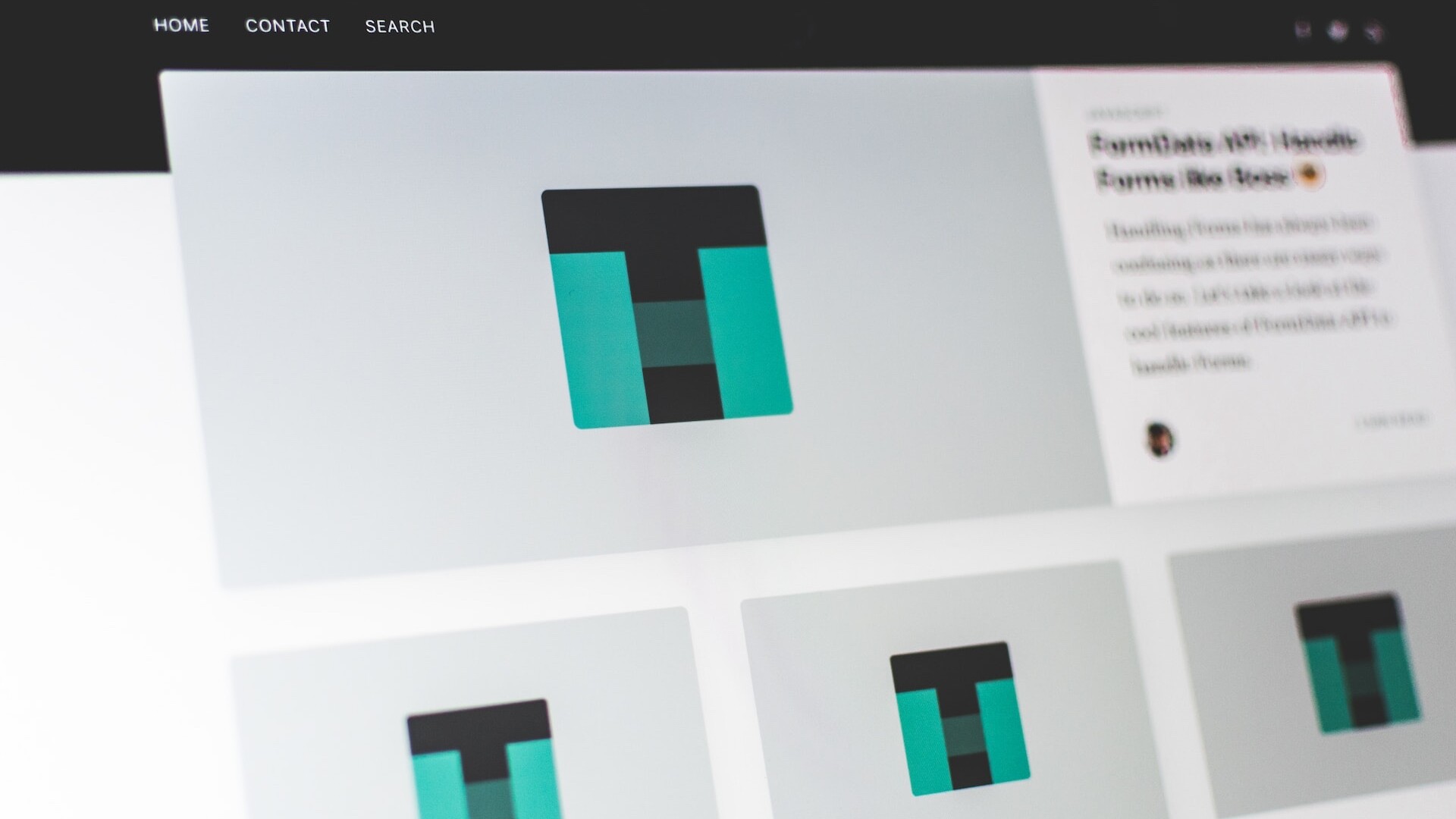The Conundrum of Empathy in UX Design: A Driving Force or an Unrealistic Ideal?
Empathy is often touted as the backbone of user experience (UX) design, a tool to perceive and feel what end users might experience. However, the practicality and efficacy of empathy in UX design is a subject of intense debate. While empathy can be a powerful guide, there are compelling arguments suggesting that it may not be as applicable or beneficial in every scenario. Let’s explore the notion of empathy in UX design, examining its potential limitations and seeking to understand its role in shaping user experiences.

The Intent Behind Empathy in UX Design
The introduction of empathy into the design process is a well-intended attempt to bridge the gap between designers and users. The basic premise is the ability to place oneself in the user’s shoes to truly grasp their feelings and thoughts, thus creating designs that resonate with the user’s needs and expectations. The aim is to facilitate a deeper connection with users, allowing designers to better understand the people they are designing for.
The integration of empathy into the design process stems from a desire to create a human-centered approach to design. At its core, empathy is about understanding others’ feelings, perspectives, and experiences, then using that understanding to guide our actions. In the context of UX design, empathy involves trying to understand the users’ needs, problems, and aspirations, then leveraging that understanding to create products or services that address these user aspects.
Consider the design process of a mobile banking application. Traditional design methods might focus primarily on functional aspects, such as secure transactions, feature richness, or visual aesthetics. While these are undeniably important, an empathetic design approach digs deeper. It seeks to understand the challenges that users might face while using such an app.
For instance, elderly users might struggle with small font sizes or complex navigation paths. A busy working professional might need a quick way to check their account balance or pay bills on the go. Someone who is not tech-savvy might feel overwhelmed by banking jargon or an over-complicated user interface. Empathy in this scenario would involve understanding these different user groups’ unique needs and emotions, and using this understanding to inform the design process.
Empathy, therefore, aims to shift the focus from “what we think the user needs” to “what the user actually needs.” It’s about listening to the users, acknowledging their struggles, and finding innovative ways to improve their experience. Ultimately, the intent behind incorporating empathy into UX design is to create products and services that are not just useful and usable, but also meaningful and satisfying to the users.
The Unattainability of Empathy
Despite its noble intentions, the practical application of empathy in UX design presents significant challenges. For one, it’s impossible to fully immerse oneself in another individual’s mental and emotional state. As an example, consider designing a medical rehabilitation device for a specific person. While it’s essential to understand their unique preferences, personality, and challenges, this level of understanding is seldom possible or necessary when designing on a larger scale.
The Fallacy of the Individual Approach
Most UX design projects aim to cater to a wide audience, often spanning hundreds, thousands, or even millions of users. In such cases, striving for a deep, empathetic understanding of each individual user is not only unrealistic but also unhelpful. Large-scale platforms like Facebook serve billions of users, each with their unique set of needs, preferences, and backgrounds. In these circumstances, focusing on individual empathetic understanding could lead to an unmanageable diversity of design solutions.
The Paradox of Empathy
The essence of empathy lies in the recognition of our shared humanity – acknowledging that each individual’s experience is unique yet interconnected. However, when it comes to UX design, this individual focus can hinder rather than help. After all, no two users are the same, and attempting to empathize with each one can lead to designs that cater to one person but exclude others. Hence, while empathy can be a valuable tool in the design process, its value diminishes when we scale up to designing for a broader audience.
Rethinking Empathy in UX Design
Rather than focusing on individual empathetic understanding, designers might benefit from a broader, more inclusive approach. One solution could be empathizing with a range of user personas, which represent different user types within a targeted demographic, rather than individual users. This approach provides a more comprehensive overview of user needs and can guide the design process in a more holistic way.
The philosophy we staunchly support, known as the user-centric design process, and it’s part of the contextual design method, emphasizes the importance of first comprehending the genuine concerns and needs of people before initiating the design. This process involves fieldwork, where we deploy anthropologists or design researchers to delve into the lived experiences of our users. The insights they gather are then brought to the designers’ table, where they are tasked with crafting suitable solutions. These solutions, however, aren’t conceived in a vacuum. They are bounded by various factors such as available technology, budget constraints, and time limitations.
Once we have a design, it’s not the end of the journey. We then embark on a cycle of building, testing, and refining, continually iterating our design until it aligns with the needs of the users. This meticulous and rigorous process ensures that the final product genuinely resonates with the user group we are focused on serving. The human-centered design process is a holistic, empathetic, and iterative approach to design that prioritizes the people for whom the product or service is intended, thereby creating meaningful and impactful user experiences.
While empathy alone is a powerful tool that can enhance the design process, its limitations in UX design should not be overlooked. It’s essential to balance the quest for empathetic understanding with the practical needs of designing for a diverse user base. Instead of striving for impossible individual empathy, designers should aim for a broader understanding that captures the diverse needs of their user base. In the end, empathy can indeed be a driving force in UX design, as long as we understand its strengths and limitations, and apply it in a way that truly benefits users.



